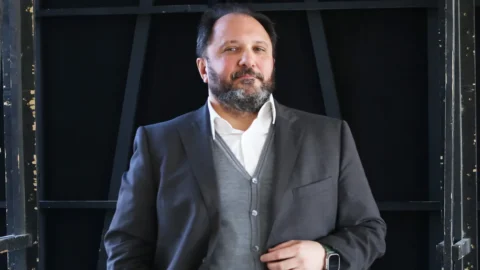Telemedical assistance for chronically ill people, even those who live in smaller towns and far from big cities, has taken a further step forward with fiber optics. With the FTTH network (Fiber To The Home) by Open Fiber the telehealth service now has fewer interruptions and patients feel more satisfied.
This is a pilot project for the assistance of patients in home hospitalization which is carried out by the Campus Bio-Medico University of Rome, Open Fiber, and ELIS. Its name is WE-EASE-IT (AN OPEN SMART AMBULATORY 4.0 EMPOWERING CHRONIC PATIENTS) and with it will be launched a new hospital service model that uses ICT to improve the monitoring process for chronic patients.
The first experiment with patients with pulmonary disease
It began with the experimentation of teleassistance of various patients affected by pulmonary disease chronic obstructive pulmonary disease through the use of a pulse oximeter and the COPDmedia-AIPO application, which allows the monitoring of the patient's parameters (blood oxygenation level and heart rate). Through 3 daily measurements and a predictive algorithm, the system is able to monitor the patient's conditions and send alerts when the parameters are not in line with what was expected. In the event that the measurement is not in line with the expected parameters, the patient can be visited remotely from any device by connecting from the browser.
With optical fiber a connection speed of up to 10 Gigabits per second
“This experiment showed that users traveling on the Open Fiber network have suffered much fewer interruptions or slowdowns during television visits, thanks to the optical fiber with which a connection speed of up to 10 Gigabits per second and a latency of less than 5 milliseconds,” says a note. “This project opens up new horizons for bringing diagnoses to the local area, reaching the patient's home wherever it is, come on small municipalities to big cities. Open Fiber has reached around 1.400 hospital facilities with its optical fiber network, confirming its commitment to making the country and its healthcare system ever more cutting-edge and at the service of citizens.
Secondo Patrizio Diodati, Business Development of Open Fiber, “the optical fiber is essential to enable innovative services and in this case the application area is particularly important given that we are talking about citizens' health. A 24h and real-time monitoring of the patient no longer requires hospitalization but, thanks to an ultra-fast connection, can be carried out remotely using wearable devices that communicate continuously with the specialist".
For UCBM, Paul Soda, Full Professor of Information Processing Systems, Departmental Faculty of Engineering, expert in Artificial Intelligence, “the project successfully shows that the integration of information technologies, ranging from optical fiber to artificial intelligence, are essential to develop tools of predictive, precise, personalized, preventive and participatory medicine. Thanks to the contribution of the Internal Medicine and Geriatrics Operative Units, the experimentation conducted in the project has in fact demonstrated that the intelligent algorithms developed at the Faculty of Engineering allow the specialist to remotely monitor patients with COPD, not only by predicting adverse events and therefore improving the patient's quality of life, but also supporting the specialist in identifying the situations to be taken into consideration”.





